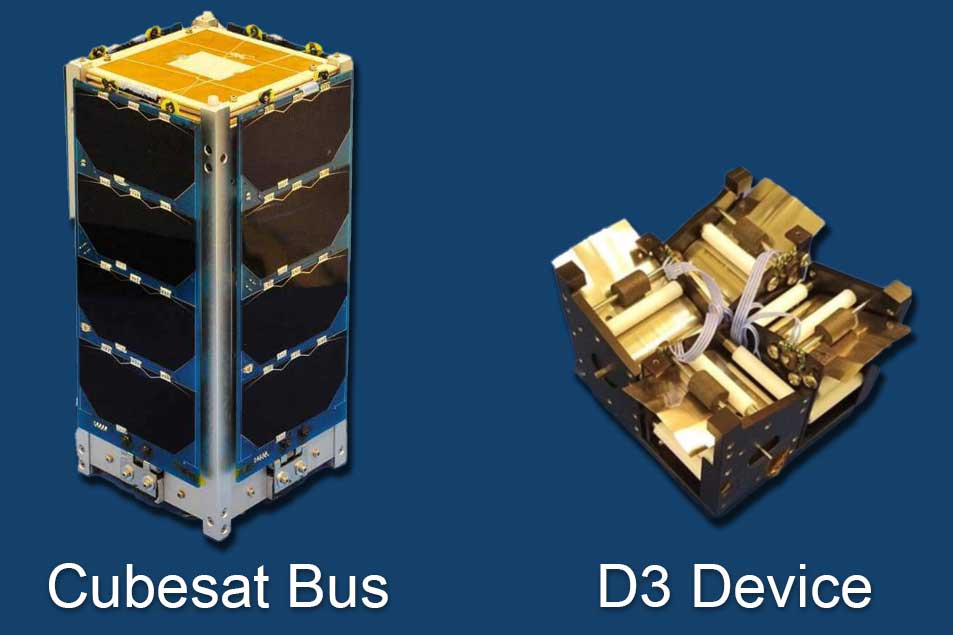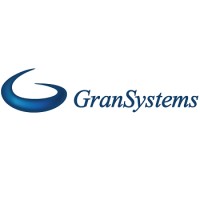
This CubeSat bus offers a scalable platform, available in sizes from 1U to 16U, tailored for various space missions. First flown in 2022, It integrates a robust on-board computer (OBC) that handles essential mission operations and possible image data processing. The power system is designed with efficient solar panels and batteries to ensure reliable functionality. We enabled customer’s own additional system integration to satisfy your own tailored needs. This platform is ideal for diverse mission requirements, providing flexibility and reliability in a compact form.
On-Board Computer: Manages mission operations, command and control,
and computation for reliable satellite performance.
Image Processing Board (Optional): Manages mission image processing
operations, computing requirement, and decision operations.
Electric Power System: Efficient solar panels and battery pack ensure continuous
operation in space.
Solar Panels: We provide engineering solar panels and flight solar panels.
Battery Package: We provide battery package, testing, certification processes, and
documentation.
Sun Sensors / Star Tracker: We can also integrate sun sensor / star trackers on
board.
Electric Propulsion: We can integrate electric propulsion and fuel tanks in the
cubesat system for small form factor applications.
We currently let the customer decide, choose, and integrate their own Attitude Determination and Control System (ADCS) and the communication system, to satisfy customer’s own communication and pointing needs.
| Organization | Max. Volume | Max. Mass (kg) | Peak Power (W) | 3-σ pointing control/knowledge | Destination | US Office |
|---|---|---|---|---|---|---|
| Gran Systems Taiwan | 6U | 12kg | 50 | 2°/2° | LEO, Lunar | Yes |
| Organization | Peak Power (W) | 3-σ pointing control/knowledge | Comm. Options | Intended Destination | Maturity | US Office |
|---|---|---|---|---|---|---|
| Gran Systems Taiwan | 50 | 2°/2° | VHF, UHF | LEO | Flown LEO | Yes |

Introducing our advanced R2D3 CubeSat Bus, a versatile and fully integrated
platform designed for space missions. This previously integrated cubesat bus can
also have the option to integrate with a deorbit drag device, to satisfy the upcoming
FCC end-of-life 5-year rule. Sizes vary from 1U all the way to 12U and other
microsatellites.
Deorbit regulations are tightening, with the regulatory body enforcing stricter rules
like the "Five-Year Deorbit Rule." The government will likely be stricter for
noncompliance, signaling serious consequences for operators who fail to meet
deorbit requirements.
The deorbit device enables cost-effective passive deorbiting from altitudes up to 700
km without the need for propulsion systems, possibly also serving as an alternative
to expensive propulsion and the ADCS systems. There is also no need to design
expensive fuel management and fuel tank systems.
Reentry-ready system for controlled deorbiting, ensuring compliance with space
debris regulations. It can allow for controlled and timed re-entry, and minor and slow
orbital maneuvering capability. Hence, it has responsive re-entry capabilities.
Customers can choose from a range of models depending on the mission
requirement, integrated with or Attached to existing CubeSats Up to 16U form factor
or larger:
